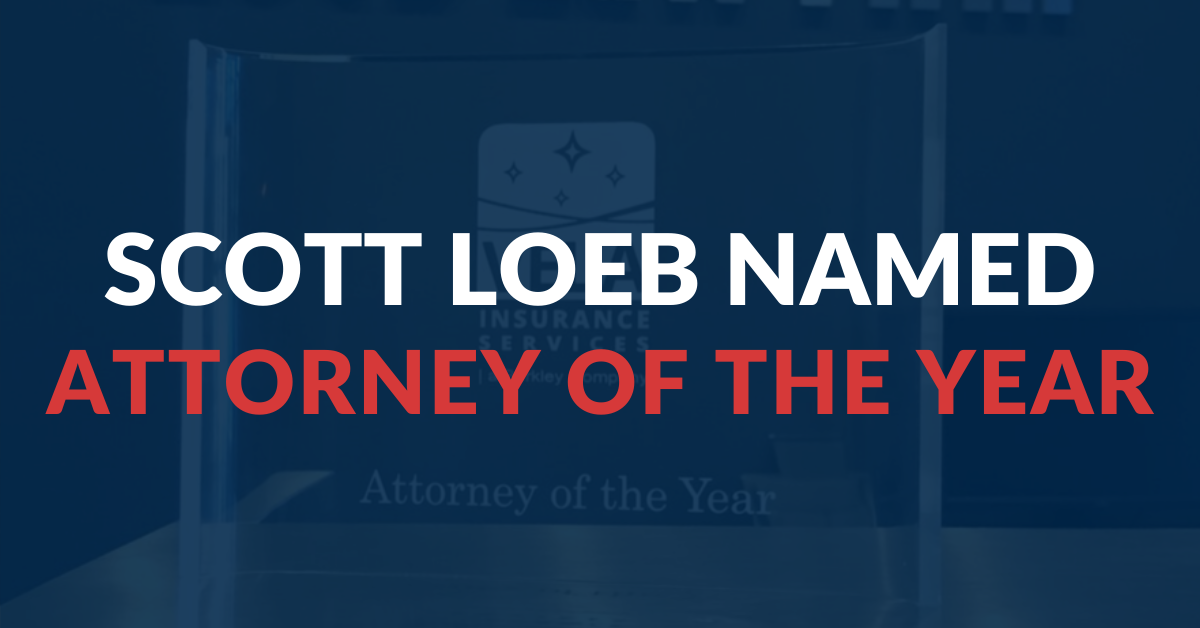Over the last decade, cell phones have become our lifeline. And with the rise of smartphones, location-based services have changed the way we interact with each other. Our phones know where we are at all times, and technology is increasingly accurate.
How Does It Really Work?
Cell phones receive signals from transmitters. Each of these transmitters covers a range called a cell, which is where “cell phones” get their name.[1] The signals are sent continuously between the phones and the transmitters, even when the phones are not in use.[2]
Sometimes, a phone may receive signals from more than one transmitter, which allows for a process called triangulation. Specifically, if a phone is receiving signals from many towers, the phone’s location can be calculated using an algorithm and the location of those transmitters.[3] Data collected from transmitters can even show the speed and direction of the phone’s movement.[4]
Every year, more transmitters are built. This decreases the size of the cells and increases the likelihood that your phone’s movement can be accurately tracked.[5]
But, What About The (In)Famous “Ping”?
The transmitters are not the only source of location data. Another way to determine a phone’s location is to “ping” it. The “ping” is a request from a cell phone provider for GPS location data from the cell phone.[6] WIFI, and location-based apps, are some of the other sources of location data that can be stored on your phone or by third parties.
In the past, when a location was disputed in litigation, parties had to depend on subjective location data; in other words, it depended on where you said you were at the time of an accident and what you were doing.[7] This remains an important aspect of litigation proceedings. However, with the rise of smartphones, litigation will increasingly depend on objective location data—or where your device said you were at the time of an accident, and what your device said you were doing.[8] The combination of location data and phone or text records can tell an interested party whether the use of your cell phone contributed to an accident.
How Does This Apply To My Court Case?
Cell phone records may be subpoenaed in civil matters if the information is relevant to the issue at hand. In Louisiana, cell phone call and text records are used in insurance defense cases to determine whether a person contributed to an accident by using their phone at the time it occurred.[9]
This is important because Louisiana is a comparative fault state, meaning that liability is assigned proportionally to each party who contributed to the incident.[10] If the courts were to use the location data in addition to call and text records, it could very likely create a clearer picture of the circumstances surrounding an accident.
Advanced Technology and Forensics
Forensic techniques can be used to recover location data from the devices themselves. A common misconception is that deleted data is not recoverable. This is not the case. The act of deleting something from a phone simply frees that space on the hard drive to be overwritten, but that may not happen right away, or ever. This means that even deleted location data can be recovered in some cases.
Privacy experts and even the United States Supreme Court are concerned about the misuse of cell phone location data in the context of criminal cases. In 2018, the Supreme Court held that in a criminal case, the government violates the Fourth Amendment of the United States Constitution when it accesses historical location data without a warrant.[11]
Legal Representation
If you have legal questions, please contact us to speak to our attorneys at Loeb Law Firm. Our attorneys have extensive experience and are prepared to provide you with legal advice regarding your issue.
Disclaimer: The information contained in this article is provided for informational purposes only and is not intended as legal, financial, investment or tax advice from Loeb Law Firm (or the individual author), nor as a substitute for legal counsel, and should not be relied upon as such. Users of our website should seek the advice of an individual attorney, licensed in the user’s jurisdiction, for any legal questions concerning a specific factual situation. By using Loeb Law Firm’s website, reading or commenting on posts, articles or blogs, or sending inquiries through the site or contact email, you confirm that there is no attorney-client relationship between you and Loeb Law Firm. With respect to the content of this article, laws frequently change and what might be accurate one day may not be accurate the next. Loeb Law Firm therefore reserves the right to edit all blog posts, articles or other website content at any time, without prior notice. Loeb Law Firm is not responsible for any errors or omissions in the content of this article or our website or for damages arising from the use or performance of this site under any circumstances. Similarly, any links to third party sites or information contained in this article or on our website are not intended as, and should not be interpreted by the user, as constituting or implying our endorsement, sponsorship, or recommendation of the third party information, products, or services found therein.
[1] Isom, David K., Getting to Where: Location Based Electronic Discovery in Criminal and Civil Litigation, 6-7, http://www.isomlawfirm.com/location-based-electronic-discovery.pdf (last accessed July 21, 2019).
[2] Id. at 7.
[3] Yang, Jie, et al., Accuracy Characterization of Cell Tower Localization, 1, http://www.winlab.rutgers.edu/~Gruteser/papers/tower10.pdf (last accessed July 21, 2019).
[4] Isom, David K., Getting to Where: Location Based Electronic Discovery in Criminal and Civil Litigation, 7, http://www.isomlawfirm.com/location-based-electronic-discovery.pdf (last accessed July 21, 2019).
[5] Id.
[6] On Q Professional Investigations, Locating Mobile Phones through Pinging and Triangulation, http://www.onqpi.com/blog/locating-mobile-phones-through-pinging-and-triangulation (last accessed July 21, 2019).
[7] Isom, David K., Getting to Where: Location-Based Electronic Discovery in Criminal and Civil Litigation, 3, http://www.isomlawfirm.com/location-based-electronic-discovery.pdf (last accessed July 21, 2019).
[8] Id.
[9] See, Ritchey v. State Farm Mutual Automotive Insurance Company, 228 So.3d 272, 2017-0233 (La.App. 1 Cir. 9/15/17).
[10] La. C.C. Art. 2323.
[11] See, Carpenter v. the United States, 138 S.Ct. 2206 (2018).





